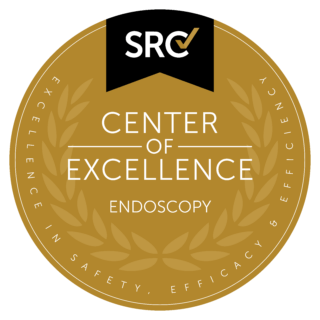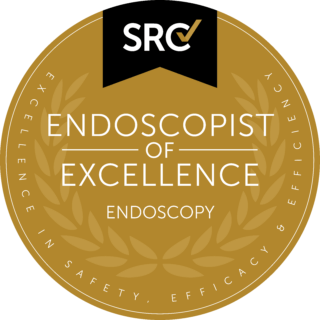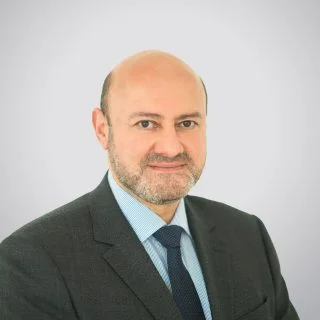What is an Endoscopy?
An endoscopy is a simple and common procedure used to visualize and examine the upper part of your digestive system, including organs like the esophagus, the stomach and the duodenum, which is the first part of the small intestine. Endoscopy is performed by introducing through your mouth a long and flexible tube attached to a tiny camera, called an endoscope, that allows doctors a full image of the upper digestive system.
Why Would You Need an Endoscopy Procedure?
Your doctor might recommend an endoscopy in case you have any condition or symptoms related to the upper part of the digestive tract. Some of the specific indications for endoscopy include:
- Unexplained abdominal pain.
- Gastrointestinal bleeding.
- Difficulty to swallow.
- Taking a biopsy, in order to detect conditions like cancer or inflammatory diseases.
Additionally, an endoscope will be also used to treat some conditions such as widening a narrow esophagus, stopping upper gastrointestinal bleeding, clipping-off a polyp or removing external objects.
What Does an Endoscopy Involve?
Before the Procedure
Prior to your endoscopy, it’s important for you to stop eating and drinking at least eight hours before, in order to ensure your stomach will be empty for a better visualization of your upper digestive tract.
During the Procedure
Endoscopy is a simple procedure that is usually done as a day case. This procedure involves the following steps:
- You might receive a sedative, in order to avoid any discomfort. Also, you will be wearing a plastic mouth guard to hold your mouth open during the procedure.
- The endoscope is passed now through your mouth down your esophagus.
- The tiny camera attached to the endoscope allows the doctor to see any abnormality within your upper digestive tract.
- Some air pressure will be used to keep your digestive tract inflate and have a better visualization.
- In case any abnormality is founded, your doctor will insert some special tools through the endoscope and take a tissue sample for microscopic analysis.
- After the procedure is done, the endoscope will be slowly removed thought your mouth.
The entire procedure usually takes around 15 to 30 minutes.
After the Procedure
Usually, the procedure is performed on an outpatient basis and you can go home after fully recovering from the sedation. Coming back to work will be possible the next day after the procedure.
Endoscopy Possible Risks and Complications
An endoscopy is a very safe procedure, complications are rare but could include:
- Bleeding, after taking some tissue sample (biopsy).
- Local infection.
- Adverse reaction to the sedative.
- Gastrointestinal perforation, which is very rare.
-> Back to Gastroenterology Clinic
احجز موعدًا





